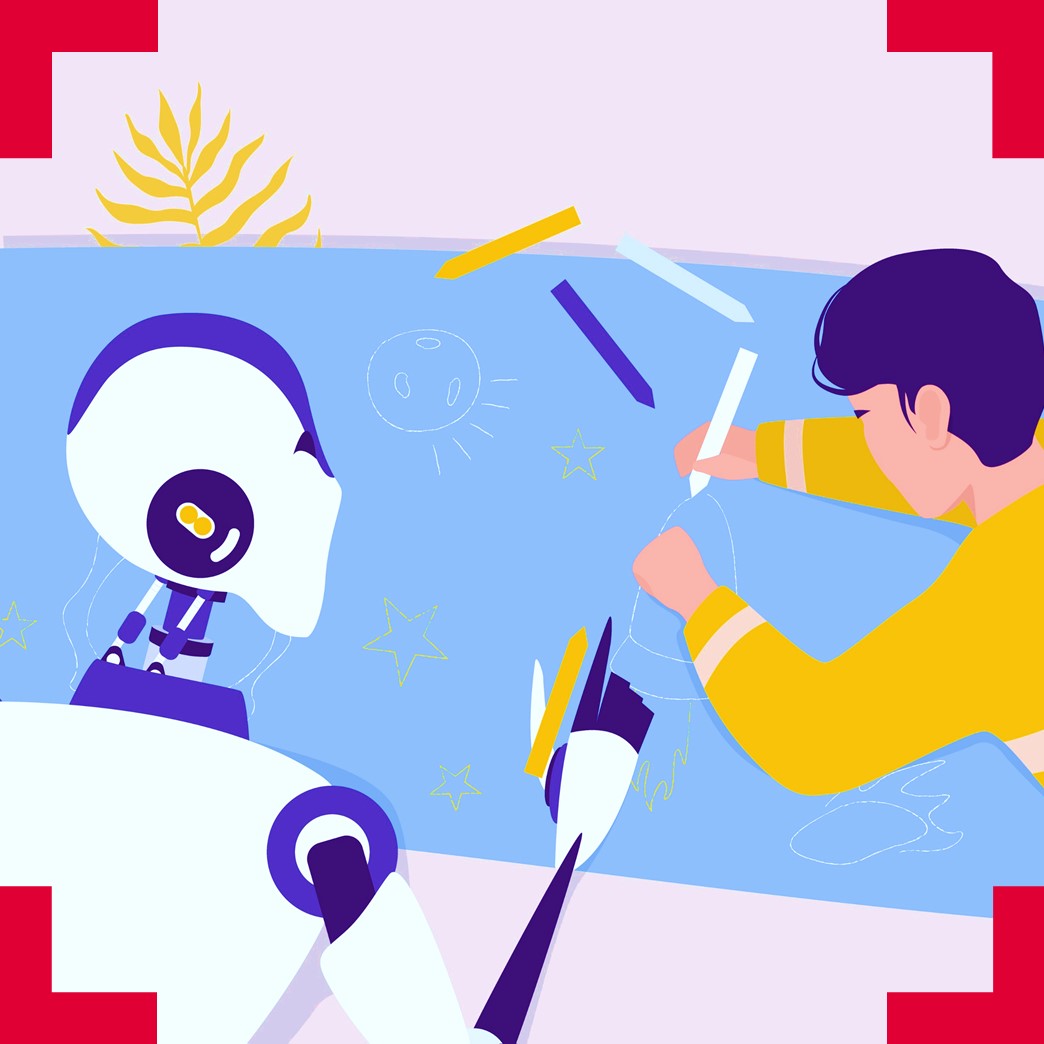Reflections on Calming Cushion Project: A different perspective
by Eleanor Underhill

Robotics and Everyday Life: Strategies for improving the sensing performance of personalised therapeutic products for people living with dementia
My experience of co-working in this team has been very positive. It has been an excellent way to form connections within and outside of the university that you wouldn’t normally have the chance to make. This has been especially prescient during and in the wake of covid, as opportunities for social networking have been greatly reduced.
Working on something with a physical presence and opportunity to have a real-world impact on public health and wellbeing has increased my sense of worth as a researcher. As Johann Hari describes, connection to meaningful work is vitally important for us as human beings, and working on a project like this where the direct effects can be clearly traceable over a relatively short timescale is a positive and self-affirming experience. As a researcher you can spend a lot of your time on theoretical work that may never make it out to the public or takes a long time to filter into other work – the societal engagement of this project is extremely gratifying and helps contribute to a sense of being grounded. It is also great to be a part of work that can help strengthen links between academia and the public and show people the importance of the research that is happening at our universities. I would like to pursue opportunities to work across disciplines or with creative partners in the future.
The positives and negatives of working in an interdisciplinary team are often two sides of the same coin. Take independence for an example. In a team such as this, you are often the designated expert in your field. This is a freeing experience as it allows you to complete your tasks as you wish, making the decisions as you see fit, and your team members will generally defer to your expertise. The flip side of this is that your colleagues may not be able to see where you have gone wrong and correct your mistakes. You must be confident in your abilities but also aware of your shortcomings, and practice critical open-mindedness to take on feedback from people with a different perspective. As I was brought onto this project by one of my supervisors in Psychology, I have had the benefit of independence but also discipline-specific support for my role in the project, which is an ideal set-up for introducing early career researchers (ECRs) to interdisciplinary work.
Working in this way also feels much more egalitarian – it makes a change from the traditional supervisor-student relationship that ECRs usually work within. This is great as it can show you your worth as a researcher and how much knowledge you have acquired, as opposed to always comparing yourself to your supervisor who is infinitely more knowledgeable (or so it seems!). However, this equality can feel like it could lead to stagnation if members of the team are not intrinsically driven to complete the project. Having a strong project lead and setting deadlines is key to keeping everyone on track, especially with people who are often working to very different schedules. Personal accountability as well is essential, and in a good team this is implemented by each team member for themselves. I can see how problems could occur if some members of the team had less intrinsic motivation or personal organization than others, and in these cases strong leadership would be vital to ensuring the team works cohesively and the project progresses well.
This work has shown me the potential for robotics as aids to wellbeing, especially for more vulnerable members of the population who may find it harder to interact with other people. I believe there is huge scope for these devices to be developed for a range of groups with varied needs, as well as neurotypical individuals. Dysregulation of the stress response has been linked to a multitude of diseases, from cancer to heart disease, while deep and slow breathing can help reduce anxiety and promote physiological improvements. By developing a calming breathing cushion that is accessible to all we have the opportunity to give people back some control over their stress and their health.

